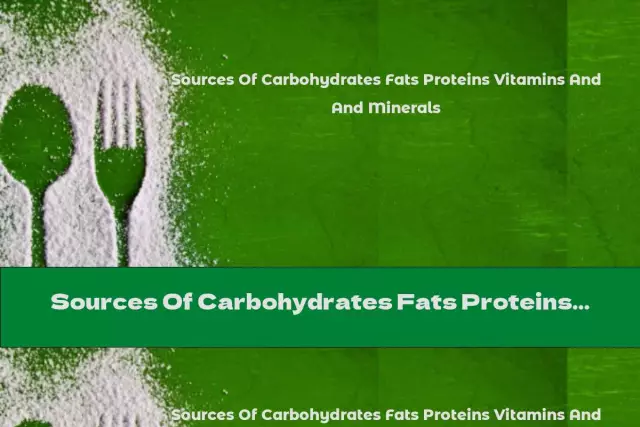- Author Rachel Wainwright [email protected].
- Public 2023-12-15 07:39.
- Last modified 2025-11-02 20:14.
Smelt
Smelt is a schooling fish of the salmon family. Smelt is a sea anadromous fish with isolated lake populations. For spawning, it usually goes into streams and rivers at a distance of more than 100 km from the sea. It is widespread and in high numbers.
The ratio of BJU in the product

Source: depositphotos.com How to burn 102 kcal?
| Walking | 26 minutes |
| Jogging | 11 minutes |
| Swimming | 9 minutes |
| A bike | 15 minutes. |
| Aerobics | 20 minutes. |
| Household chores | 34 minutes |
Description
It has an elongated body covered with large scales. The sides are silvery, the mouth is large, the back is brownish-green. It feeds on fish eggs, zooplankton and juveniles. Reaches a mass of 160 gr. and lengths up to 30 cm.
Distinguish between European and Asian toothed smelt.
The fish is common in the northern seas of the Old World: German, Baltic, White and Arctic. This is the main fish habitat. However, it is also common in deep large lakes in Northwestern Russia and Sweden.
The fish only live in clear water and prefer deep, cool waters in summer, while in winter they can be seen in shallow waters.
Smelt is caught mainly during the spawning run. At this time, the fish loses its caution, so it is very easy to catch it. For fishing, nets, seines and other traps are used. This type of fish is one of the most popular for recreational fishing.
Smelt properties and calorie content
The fish has fatty and tender flesh. The fish is very easy to clean and has practically no scales. Her caviar is very tasty.
Fish pulp contains many beneficial trace elements and minerals such as iron, sodium, magnesium, calcium, potassium, phosphorus, molybdenum, chlorine and fluorine.
Calorie content of smelt per 100 gr. product is 102 Kcal.
Nutritional value: fats - 4.5 g., Proteins - 15.4 g., Carbohydrates - 0 g.
Useful properties of smelt
Sea smelt meat is very healthy due to its high content of nutrients. All people are encouraged to consume it regularly. This fish is especially useful in the diet for the elderly.
On sale this fish is smoked, salted, chilled and frozen.
Besides, sea smelt contains vitamins A, D, vitamins of group B. It is not without reason that smelt is called "vitamin" in spring. Maybe that's why it doesn't smell like fish, but fresh cucumber.

Recommendations for smelt consumers
Most populations of smelt, in particular in the Far East, are in a favorable state and have no contraindications to use.
But the state of the Neva smelt, which is caught in large quantities in St. Petersburg, has recently inspired some concern. In recent years, its number has significantly decreased, and the condition of spawning grounds in the lower reaches of the Neva has significantly deteriorated.
Environmentalists pay attention to the fact that in the Neva, this fish is often caught near the sewer.
YouTube video related to the article:
Found a mistake in the text? Select it and press Ctrl + Enter.






